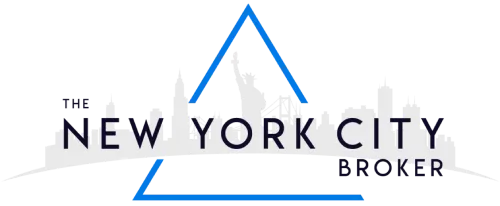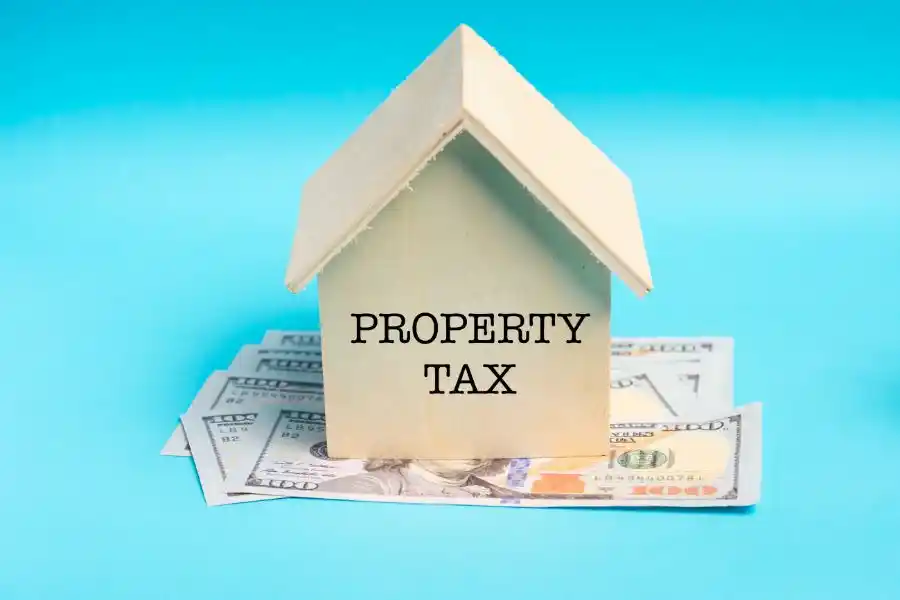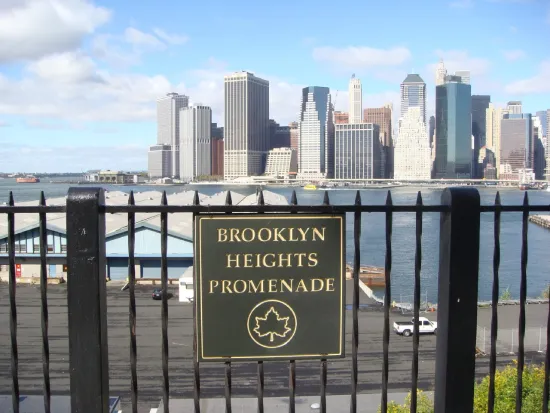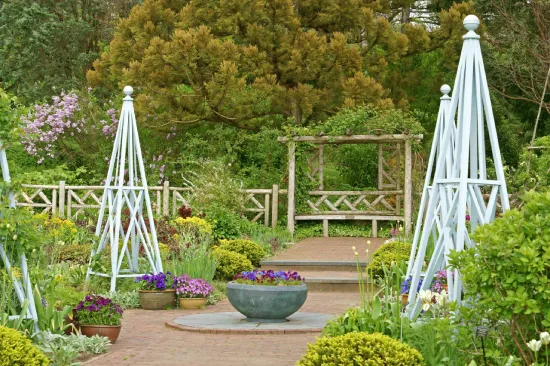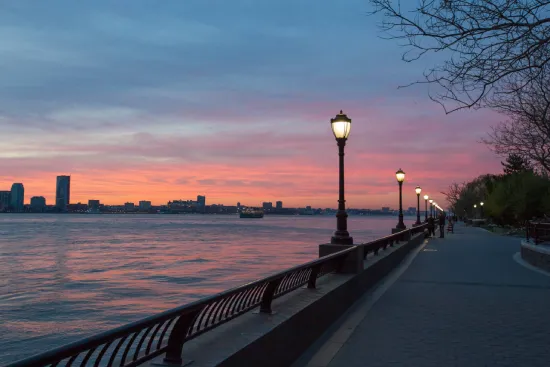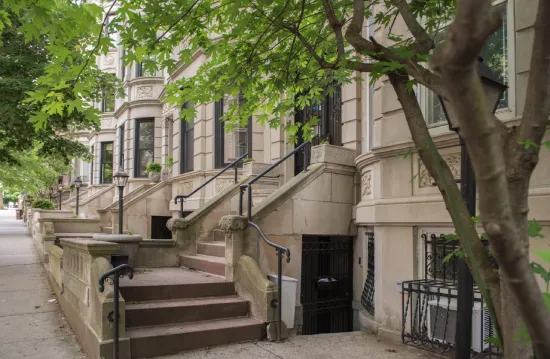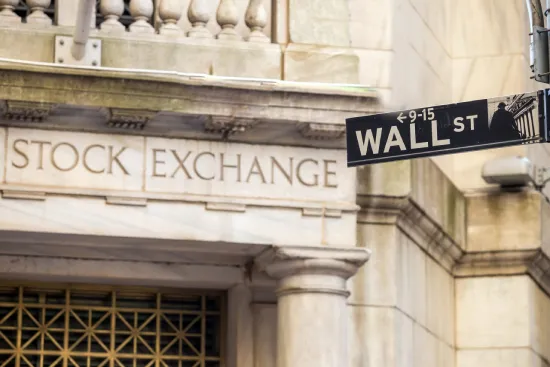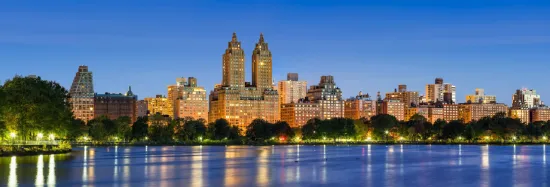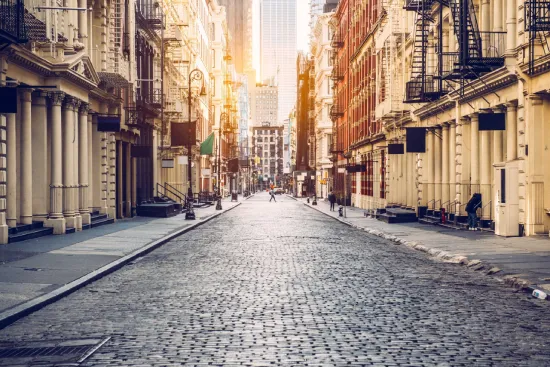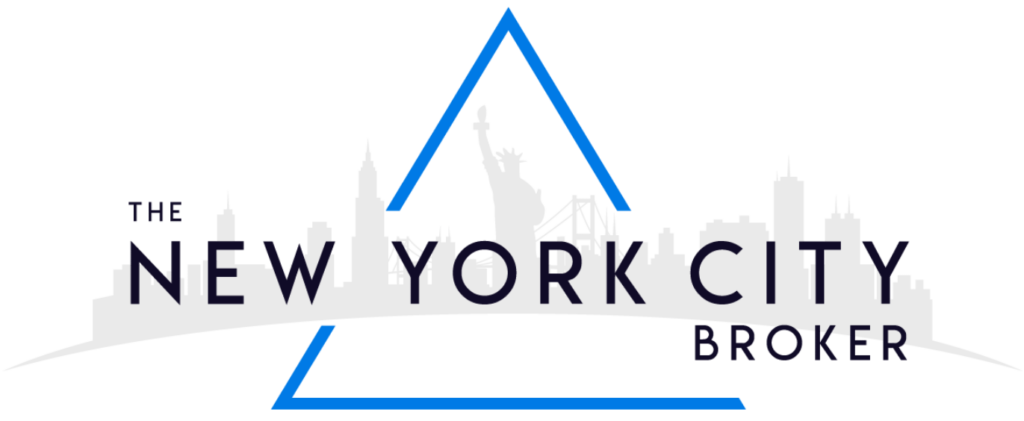“A city within a city” – While it doesn’t accurately describe Long Island City, a neighborhood tucked away in the corner of Queens borough, it does point to the independent municipality origins of the neighborhood. It’s also a 541-acre piece of land that’s often confused with an island that’s over 1,600 times its size and contains four counties (Long Island: 880,000 – acres).
Geography
Long Island City is a neighborhood in the Queens Borough. On land, it’s bordered by Astoria Skillman Avenue. The other two sides are covered by the East River and Newtown Creek.
History
The neighborhood, which we now call Long Island City, was originally populated by Mespachtes Indians. Then came the Dutch, who farmed the land in the 1640s, and merely a couple of decades later, the English replaced the Dutch. The area started seeing a lot of activity thanks to ferries in the 1800s that offered easy travel through water routes. Long Island Rail Road (LIRR), established in 1861, added to the activity.
Long Island City became an actual city and the seat of Queens County in 1870, thanks to a merger of the village of Astoria with several neighboring areas. In 1898, it became part of Greater New York City and was further connected to it by Queensborough Bridge (1909) and Hellgate bridge in 1916. The neighborhood’s industrial decline and subsequent residential revitalization were in the 70s and 90s, respectively.
The neighborhood was officially rezoned in 2001 for mixed-use development. It became home to the headquarters of JetBlue in 2012. Hunters Point South, a prime example of mixed-use development, saw the opening of its first phase in 2013.
Origin Of The Name
The history of Long Island City’s name can be traced back to a newspaper in 1965. That newspaper was named Long Island City Star and Newtown Advertiser in what was then Newtown. The newspaper started campaigning for Newtown to be merged with the neighboring village of Astoria and other areas, including Sunnyside, Dutch Kills, and Hunters Point. Basically, it was a campaign to get unified with Western Queens to create a new city. It succeeded in 1970, and the newly created city landed the name New Island City.
Main Attractions Of The Neighborhood
Long Island City is home to a number of amazing food establishments and bars:
- Casa Enrique (5-48 49th Ave): It’s a Mexican restaurant with one Michelin star.
- Rockaway Brewing Company (46-01 5th St): It’s a famous microbrewery famous for its beer selection.
- John Brown BBQ (27-20 40th Ave): Known for its Kansas-City style meats, John Brown is the place in Long Island City for Burnt Ends.
- Fifth Hammer Brewing (10-28 46th Ave): It’s famous for its selection of beers and an authentic brewery environment.
- Adda Indian Canteen (31-31 Thomson Ave) and Jora (47-46 11th St): If you are craving ethnic food while in Long Island City, Adda is the Indian place to go, and Jora is the premier Peruvian place.
The neighborhood is home to a unique selection of new and old structures that are worth visiting:
- Skyline Tower (3 Ct Square W): With its 778-feet height and 67 stories, this condominium is the tallest building in Long Island City.
- Queens Plaza Park or Sven (29-37 41st Ave): It’s just a few feet shy of the tallest building (755 feet high) and has incorporated Chase Manhattan Bank Building, a 1927 skyscraper (first in Queens Borough) in the design.
- Brewster Building (27-01 Queens Plaza North): It’s been part of the neighborhood since 1911 and was once home to the assembly plant for Brewster (cars and later airplanes) and Rolls Royce. It’s now JetBlue’s corporate headquarters.
- Long Island City Courthouse (2510 Ct Square W): An important historical landmark from the time when it was an independent city.
- 22-22 Jackson Avenue: It’s a unique blend of functional architecture and artistic design.
Long Island City holds many attractions for its dwellers and visitors:
- Gantry Plaza State Park (4-09 47th Rd): It’s a 12-acre riverside state park that gets its name for the gantries that were built there in 1925. The park is full of remnants of Long Island City’s industrial history.
- MoMA PS1 (22-25 Jackson Ave): It’s a contemporary art museum, one of the largest of its kind in the US. It was built in 1971.
- Noguchi Museum (9-01 33rd Rd): Opened by Japanese-American artist Isamu Noguchi in 1985, the museum is home to the most extensive collection of his pieces.
- Socrates Sculpture Park (32-01 Vernon Blvd): It’s the largest outdoor space dedicated to sculptures in NYC. It was established in 1986 and is built upon a former landfill.
- The Cliffs At LIC (11-11 44th Dr): The beautiful, multi-colored rock climbing gym is an important attraction for fans of the sport.
What Is Long Island City Known For?
Long Island City is known for its beautiful view of Manhattan (from many of its high rises) and its diverse culture. The neighborhood has its fair share of public art projects and street art. The city is also known for its selection of restaurants and cafes.
Population
The total population of Long Island City is about 63,000 . As per NYC Department Of City Planning records, the population in Long-Island City-Hunters Point was 32,216 in 2020, a significant growth from the 2010s 10,815 population. A 2018 community health profile report puts the collective population of North Island City and Astoria at 199,969.
Interesting Facts About Long Island City
- The Newtown Creek by Long Island City was once considered the busiest waterway of its size in the world.
- The Pepsi-Cola sign in Long Island City is 120-feet wide and possibly the largest neon sign in the world
